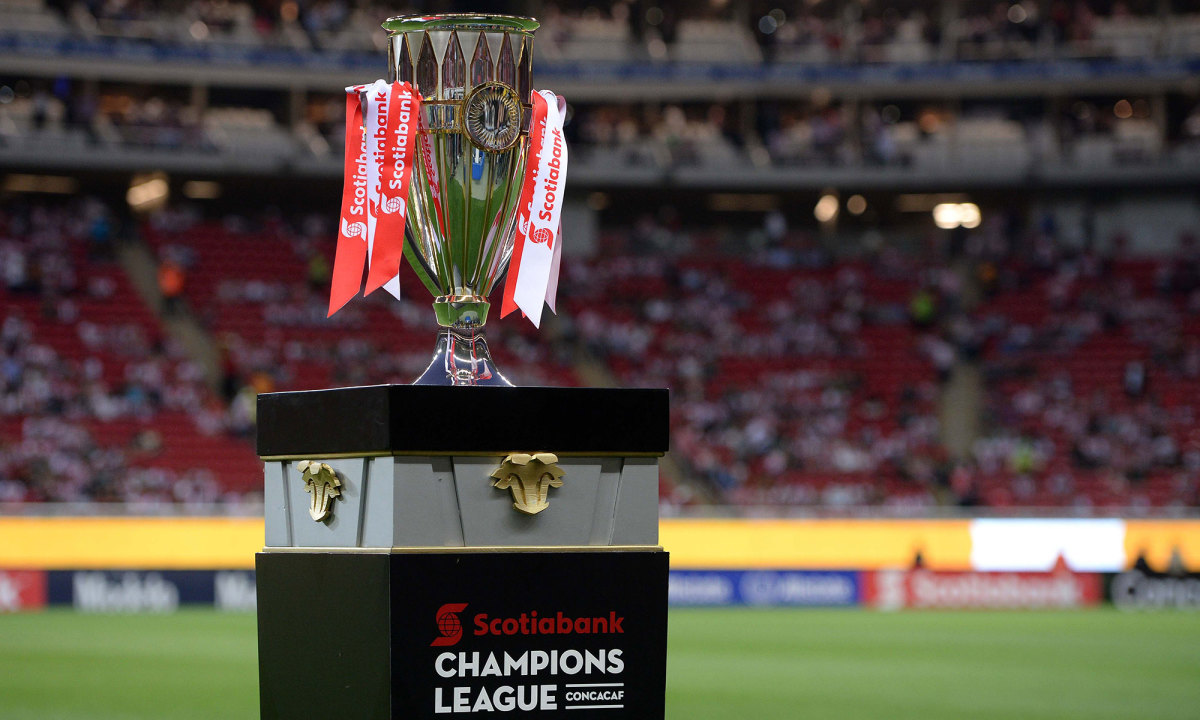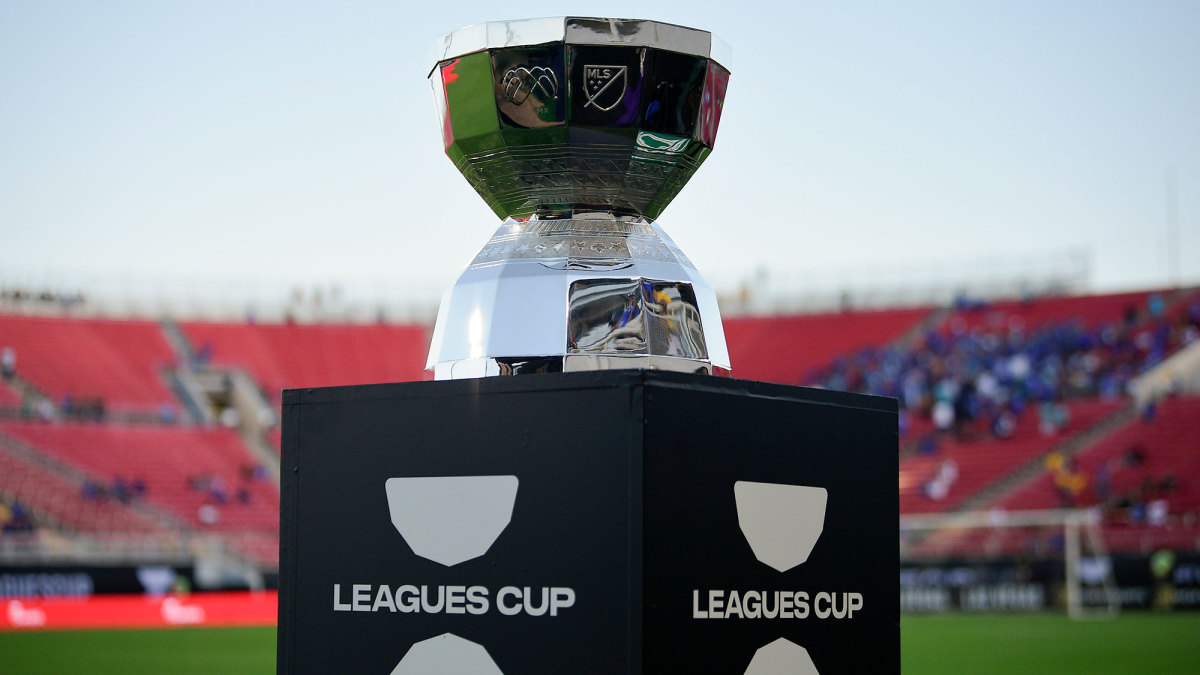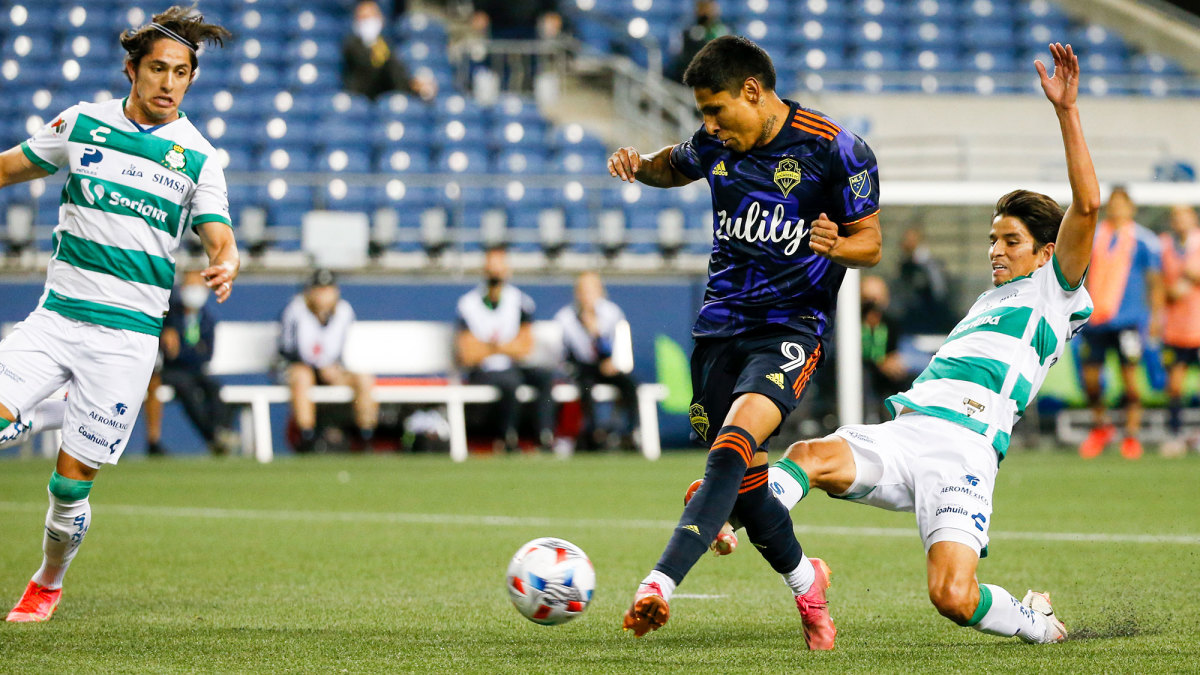Concacaf Revamps Champions League Again, With Expanded Leagues Cup a Major Factor

Concacaf, MLS and Liga MX on Tuesday afternoon unveiled a new club competition structure that will reshape men’s professional soccer across the region and especially in the U.S., Canada and Mexico.
The revised Concacaf Champions League format and enlarged, inclusive Leagues Cup tournament, which will feature every MLS and Liga MX team, supplant the previous overhaul unveiled in early February. The modified competitions will kick off in 2023-24.
The current CCL is a 16-team, bracketed competition. It was supposed to make way for a massive 50-team event in the fall of 2023 that would begin with 10 regionalized groups, including four covering the three North American nations. But that plan has now been scrapped in favor of a more streamlined 27-club, bracketed tournament featuring 18 North American entrants to be played for the first time in the spring of 2024.
"Fans want to see knockout situations," Concacaf president Victor Montagliani said Tuesday.

MLS will furnish five U.S.-based teams based on league results, and a sixth American side will qualify via the U.S. Open Cup. Liga MX will send six clubs, and there will now be three bids awarded to Canadian teams—one through the Canadian Championship and two via the Canadian Premier League. Three additional spots then will be granted to the top three finishers in the expanded Leagues Cup, the MLS-Liga MX tournament that, from 2023, will involve all 47 members of the region’s top two domestic circuits.
Launched in 2019 as part of the competitive partnership between MLS and Liga MX, the Leagues Cup has been an underwhelming, eight-team knockout event with inconsistent qualifying criteria and minimal stakes. The 2021 edition, its second following last year’s cancellation, will conclude with Wednesday night’s final between the Seattle Sounders and Club León.
In 2023, however, it will grow exponentially and become a tentpole fixture on the North American calendar. MLS and Liga MX will pause their campaigns starting in late July/early August so all 47 members (48 once MLS reaches 30 clubs) can focus on the Leagues Cup.
“I acknowledge that the calendar is crowded and that there’s a lot of new events and activities that are being created,” MLS commissioner Don Garber said Tuesday. “We’ll work on ensuring that this is going to fit appropriately into our respective match calendars and do it in a way that works. It’s why, by the way, we’re taking a break in August. We’re closing our leagues down. Think about how unprecedented that is.”

There are still several unknown details, but it’s understood that the new Leagues Cup format will comprise a group stage followed by knockout rounds (eventually 16 groups of three feeding a single-elimination round of 32), with prize money increasing as the competition progresses. It will continue to be staged in the U.S. and Canada, at least in the near term, and will qualify three clubs to the new CCL. Among the unannounced or unresolved issues: It’s unclear how the cup will be seeded/bracketed, whether there will be a third-place game or how eliminated teams will spend the remainder of the Leagues Cup break.
"It's a much more authentic and official format," Garber said.
The reigning MLS Cup winner will continue to play its Liga MX counterpart in the one-off Campeones Cup (this year’s features the Columbus Crew and Cruz Azul on Sept. 29), and MLS teams also will continue to participate in the U.S. Open Cup, which will resume in 2022 following a two-year hiatus.
The remainder of the 27-team CCL field will be filled out by clubs from Central America and the Caribbean. A new Central American tournament will furnish six clubs and an additional three will book passage from the Caribbean. Five teams—the champions of MLS, Liga MX (one of the two crowned each year), Leagues Cup, Central America and the Caribbean—will earn byes to the CCL’s round of 16. The other 22 will contest a home-and-home opening round.
The MLS clubs entering that opening round likely will be doing so early in their seasons. The spring CCL start has been hard on MLS in the past since domestic leagues in Mexico and Central America typically get a head start.
“It’s not certainly not optimum for us to have our clubs come in in the spring when we’re just getting back on the field, and that’s something we’re going to have to live with,” Garber said.

The 2022 and 2023 CCLs will be played as traditional 16-team events featuring four U.S.-based MLS teams yet to be determined plus the Canadian Championship winner. The 2021 edition, which will be decided by Club América and host Monterrey on Oct. 28, represented a step back for MLS. Only one of its five entrants (Philadelphia) advanced to the semis, and it did so without facing Mexican opposition en route. An MLS club still has never won a competition that required games on foreign soil and in home-and-home series against Liga MX, MLS sides have won only nine of 51 all-time.
The success rate is slightly better since the 2015 introduction of Targeted Allocation Money (seven of 27), but that’s still not good enough to win CCL. And it’s still not frequent enough to suggest a level playing field or foment a legitimate competitive rivalry. The expanded tournaments announced Tuesday will only highlight the disparity unless MLS clubs raise their game.
“The great thing about Major League Soccer is that we can collectively make decisions about how to increase the competitiveness of our clubs against our most important rival, Liga MX,” Garber said. “I can’t give you anything specific. It’s not like we’ve said, ‘Now with this expanded format or now with Leagues Cup, we’re going to do ‘X’ as it relates to changing our salary budgets or creating new mechanisms like the next generation of TAM.’ But … we want to do better. We think it’s important that we continue to improve in the Champions League in terms of our success rate and we’ll see where it goes from there.”
More Soccer Coverage:
